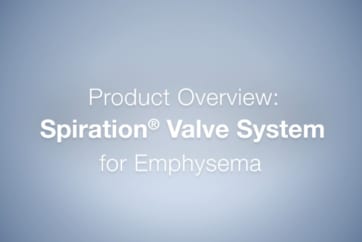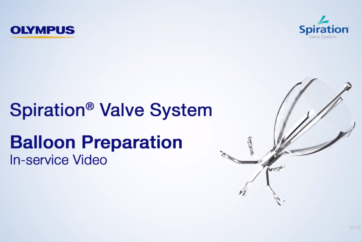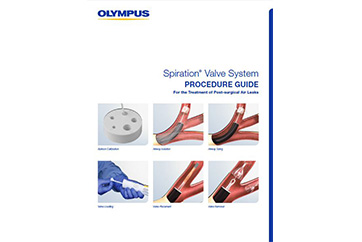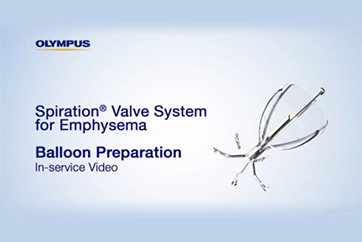Emphysema Treatment with SVS Valve
For the treatment of diseased lung in emphysematous patients, the valve redirects air from the diseased portions of the lung to healthier areas and allows atelectasis if intended. Selected case studies have shown improvement of disease-related quality of life and lung function.
In certain patient groups treated with valve therapy, there were significant improvements in key value FEV1, and in physical performance measured by the distance walked within minutes.¹
COPD is an umbrella term for obstructive bronchitis and pulmonary emphysema. The letters COPD stand for Chronic Obstructive Pulmonary Disease. In connection with bronchitis, the term “obstructive” implies that the bronchi are narrowed and inflamed; with the result that breathed air can no longer flow through them smoothly. “Chronic” means that the disease is incurable, but can be treated.
A consequence of chronic inflammation of lung tissue is pulmonary emphysema. In the course of this disease, the alveoli expand more and more, and the alveoli walls dissolve, with the result that they are no longer available for gas exchange. Although the patient inhales air, less oxygen gets into the blood. Because the inhaled air cannot be exhaled properly and is retained in the enlarged alveoli, the lung hyper-inflates. This hyper-inflation means that even relatively healthy parts of the lung are compressed, reducing gas exchange there too. A hyper-inflated lung also makes it harder and harder to breathe in fresh air. Even very moderate exertion leads to shortness of breath and breathlessness.
Without consistent treatment, the characteristic symptoms of COPD intensify. This starts a vicious circle: patients can hardly exercise at all because of their shortness of breath, so that they avoid exertion – but this reduces their health condition still further, which exacerbates the symptoms again and soon involves the cardiovascular system as well.
Emphysema treatment can involve medication, oxygen supply, pulmonary rehabilitation and, if applicable, surgery. In addition, treatment with SVS valves offers a minimally invasive option for emphysema patients.
Spiration Valve System
The SVS valve is designed to limit airflow to the portions of the lungs distal to the valve, allowing mucus and air movement in the proximal direction. The valves prevent further air trapping in the lung and enable the reduction of hyperinflation. The target is that the hyper-inflated sections gradually collapse, giving the rest of the lung more space to “breathe”.
COPD patients often have poor quality of life and functional status despite therapies. Medications alone do not modify the long-term decline in lung function and quality of life. Surgical options may have substantial risks with long recovery periods and are available to very few selected patients. The use of intra bronchial valves provides additional options beyond medical therapy and can offer less invasive and cost effective options for the most severe patients. Advantages for emphysema treatment with intra bronchial valves include improved quality of life and lung function.¹
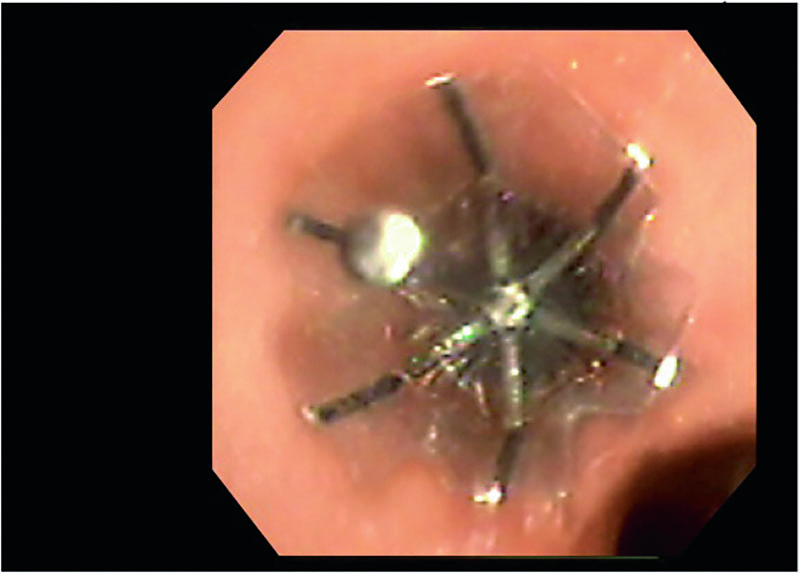
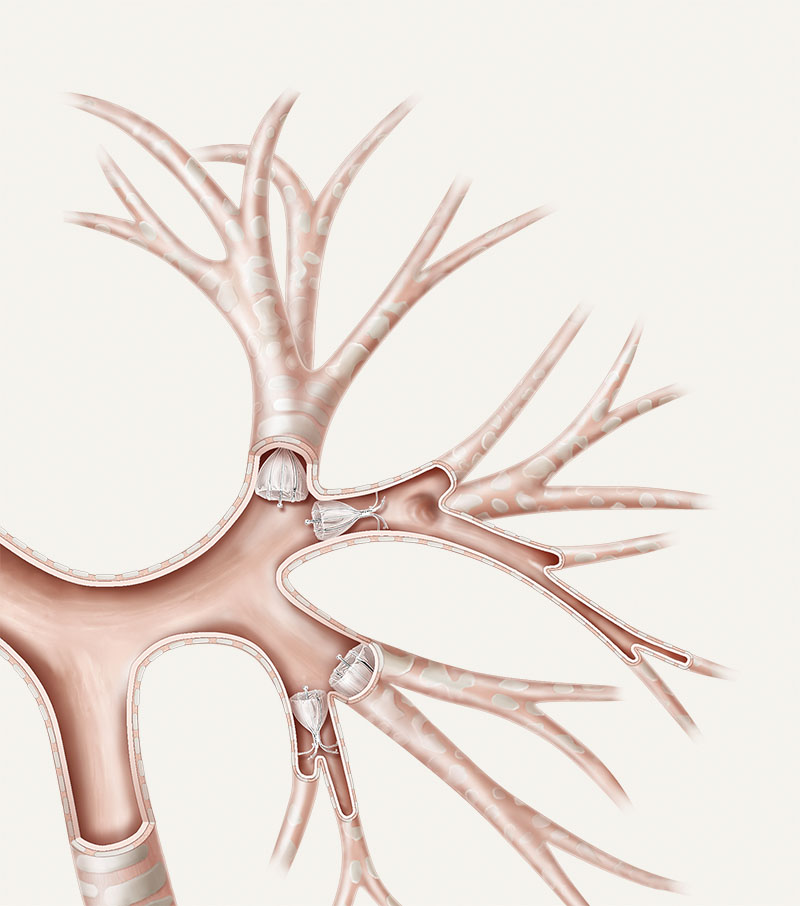
Valve deployment
The SVS valve is implanted into the lung by using a catheter. The patented one-way valve self-expands and limits the airflow to the occluded airway while still allowing mucus and trapped air to pass by outside of the valve.
The novel mechanism of action of the SVS Valve System has been examined during various studies in the US and Europe. The system has received the CE mark for treating diseased and damaged lungs and received FDA-HDE approval for management of prolonged air leaks.
¹Eberhardt R, Gompelmann D, Schuhmann M, Reinhardt H, Ernst A, Heussel CP, Herth FJF: Complete unilateral versus partial bilateral endoscopic lung volume reduction in patients with bilateral lung emphysema. Chest 2012 Mar 29. [Epub ahead of print].
Bronchial Valve Treatment Past, Present and Future
Bronchial Valve Treatment: Past, Present and Future
Patient Selection for the Treatment of Emphysema Based on Clinical Literature
- Content Type

